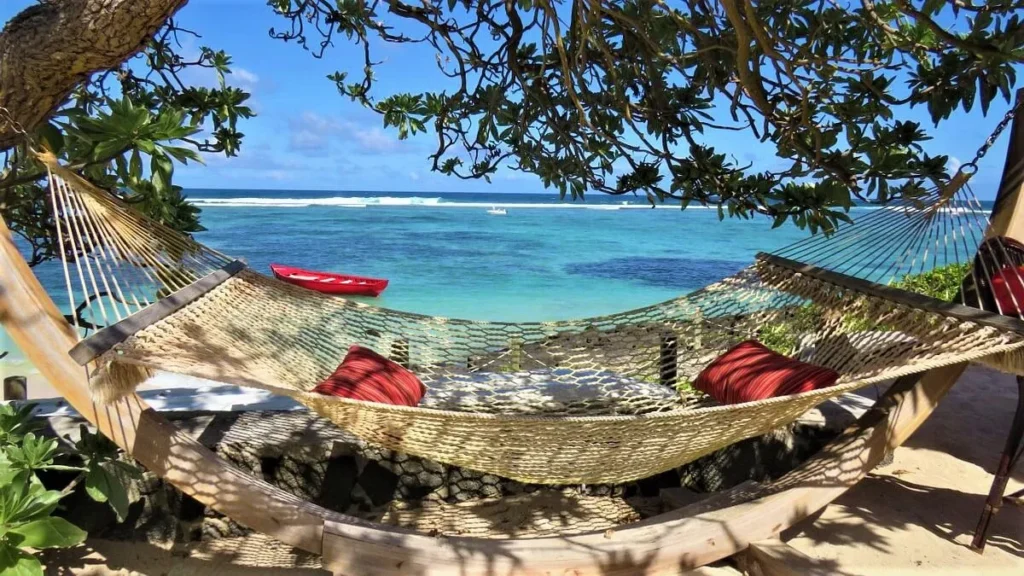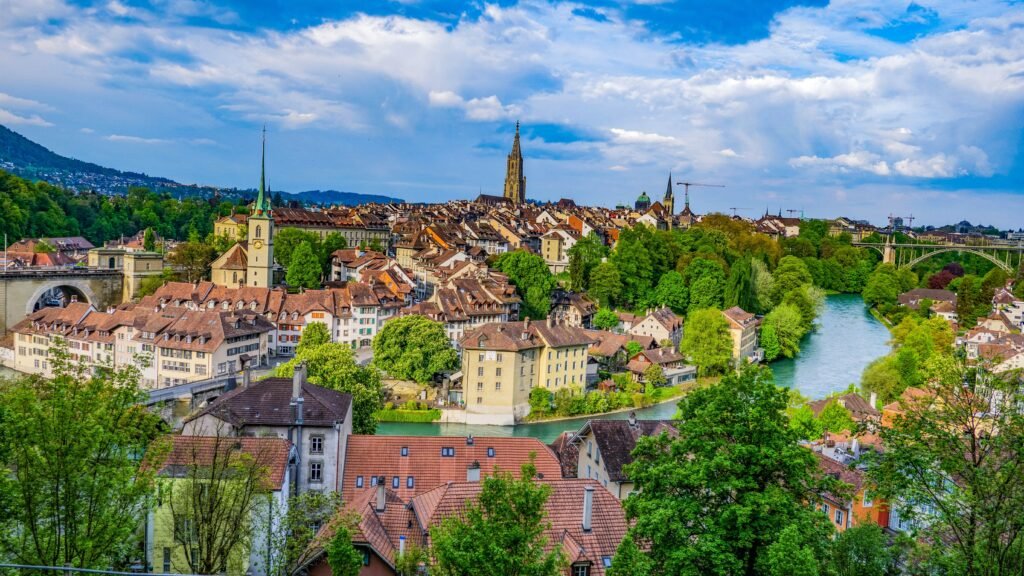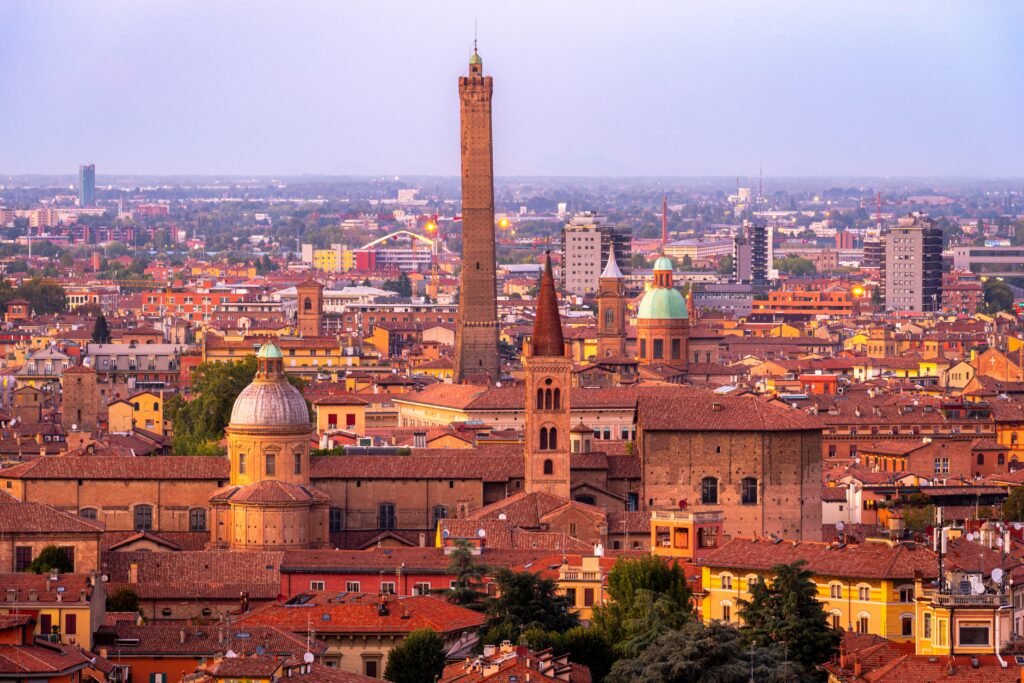Mauritius, an island paradise in the Indian Ocean, is known for its stunning beaches, lush landscapes, and diverse culture. Among its many gems, the capital city of Port Louis stands out as a vibrant hub of history, culture, and natural beauty. Planning to spend a few days in Mauritius Port Louis? Discover the best way to do it in this blog. Check out the best flights to Mauritius.
Table of Contents
Day 1: Arrival and First Impressions
Our journey to Port Louis, the capital of Mauritius, began with eager anticipation as we landed at Sir Seewoosagur Ramgoolam International Airport. The moment we stepped off the plane, we were greeted by the warm tropical breeze, a prelude to the paradise that awaited us. The airport itself is a modern and well-organized facility, ensuring a smooth arrival process.
As we embarked on the short drive from the airport to Port Louis, we couldn’t help but marvel at the breathtaking scenery. The island’s lush green landscapes, fringed by the azure waters of the Indian Ocean, set the stage for an unforgettable adventure.
Our first stop upon arriving in Port Louis was the iconic Caudan Waterfront, a bustling waterfront promenade that has become a symbol of the city’s modernity and vitality. The Caudan Waterfront is not only a shopping and dining destination but also a cultural and entertainment hub. It’s a place where old meets new, blending the charm of colonial-era architecture with contemporary boutiques, restaurants, and entertainment options.
We started our exploration by taking a leisurely stroll along the waterfront, soaking in the lively atmosphere. Street performers added to the festive ambiance, and the sight of locals and tourists mingling created a sense of unity and diversity that defines Port Louis.

The Caudan Waterfront also boasts stunning views of the Port Louis Harbor, where you can watch ships coming and going. The backdrop of the Moka Mountain Range, covered in lush vegetation, completes the picturesque scene.
For lunch, we decided to indulge in Mauritian cuisine at one of the many restaurants overlooking the harbor. The menu offered a delightful mix of Creole, Indian, Chinese, and French flavors. We couldn’t resist trying some of the local specialties, including seafood dishes prepared with a unique Mauritian twist. The combination of aromatic spices and fresh ingredients made for a truly unforgettable meal.
After lunch, we explored the Caudan Waterfront’s shops, boutiques, and craft markets. Souvenir shopping here is a must, with a wide range of local products, from artisanal jewelry to colorful textiles, providing ample choices to take a piece of Mauritius home with you.
As the sun began to set, we found ourselves back at the waterfront, sipping on tropical cocktails and enjoying the lively nightlife. The illuminated buildings and the reflection of lights on the calm waters of the harbor created a magical ambiance.
Our first day in Port Louis was a perfect introduction to the city’s vibrant mix of cultures, stunning natural beauty, and modern amenities. It left us eager to explore more of this enchanting destination in the days to come.
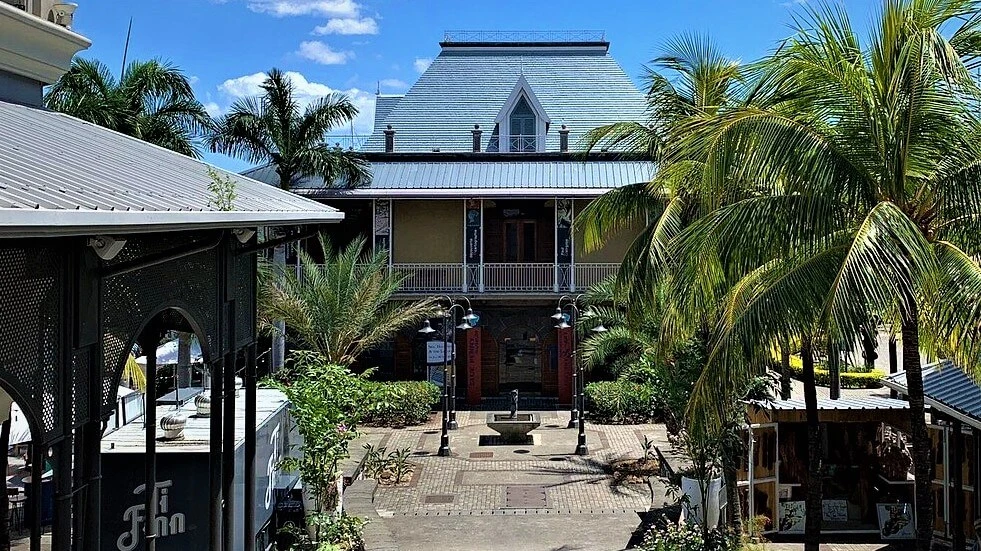
Day 2: Discovering History and Culture
On our second day in Port Louis, we delved deep into the city’s rich history and diverse culture, uncovering the layers of its past and the vibrant tapestry of its present.
Our morning began with a visit to the Aapravasi Ghat, a UNESCO World Heritage Site and a powerful symbol of Mauritius’ history. This historic site served as an immigration depot during the 19th and early 20th centuries, where indentured laborers from India, China, Africa, and other parts of the world arrived on the island. Today, the Aapravasi Ghat is a poignant reminder of the labor and sacrifice that shaped the multicultural identity of Mauritius.
As we walked through the site, we saw the remnants of the barracks where immigrants were housed and learned about their living conditions. The museum on the premises provided a detailed account of this pivotal period in Mauritian history, highlighting the struggles and contributions of these early migrants. It was a somber yet enlightening experience that deepened our understanding of the island’s cultural mosaic.
Our next stop was the Blue Penny Museum, a gem for history and philately enthusiasts. This museum is renowned for housing two of the rarest and most valuable stamps in the world—the Blue Penny and Red Penny stamps. These stamps are relics of Mauritius’ colonial past and have a fascinating history. The museum’s exhibits not only showcased these stamps but also provided insights into the island’s colonial history, the era of the dodo bird, and the evolution of postal services in Mauritius.
After absorbing the historical treasures at the museum, we headed to the Mauritius Natural History Museum. The museum is a treasure trove of natural wonders, featuring an extensive collection of fossils, minerals, and taxidermy specimens. However, one of the most captivating exhibits was that of the dodo, the flightless bird that once inhabited Mauritius and went extinct in the 17th century. Seeing the dodo skeleton up close was a poignant reminder of the importance of conservation efforts to protect the island’s unique biodiversity.
For lunch, we opted to sample more of the island’s diverse cuisine. Port Louis offers a wide range of dining options, from casual street food to upscale restaurants. We chose a local Creole eatery to savor traditional dishes like “rougaille,” a spicy tomato-based sauce served with various proteins, and “fruits de mer” seafood platters.
In the afternoon, we explored the city’s streets on foot, taking in the vibrant colors, colonial architecture, and bustling markets. The Port Louis Central Market was a sensory delight, with stalls piled high with aromatic spices, tropical fruits, and colorful textiles. It was the perfect place to pick up some souvenirs and immerse ourselves in the local culture.
As the day drew to a close, we reflected on the deep cultural and historical experiences we had encountered. Port Louis had revealed itself as a city that embraces its past while celebrating its present, making it a destination that speaks to the soul of every traveler.
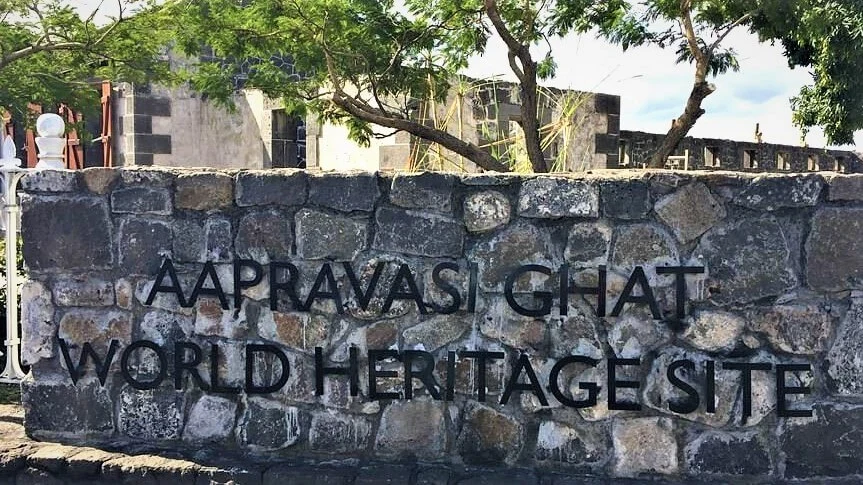
Day 3: Savoring the Local Flavors
Our third day in Port Louis was all about indulging our taste buds in the delectable and diverse cuisine of Mauritius. The island’s culinary heritage is a tantalizing fusion of Indian, Chinese, African, and European influences, making it a gastronomic paradise for food enthusiasts.
We started our culinary adventure with a visit to the lively Port Louis Central Market, a bustling marketplace located in the heart of the city. The market is a sensory overload, with vendors hawking an array of goods, from aromatic spices and tropical fruits to vibrant textiles and local handicrafts.
One of the highlights of the market was the spice stalls. Mauritius is known for its spices, and here we found a treasure trove of flavors. Vendors proudly displayed spices like cinnamon, vanilla pods, saffron, and cloves. The air was filled with the intoxicating scents of curry leaves and ginger, creating an unforgettable olfactory experience.
For a quick breakfast, we couldn’t resist trying the famous Mauritian “dholl puri.” This beloved street food consists of thin, soft lentil flatbreads filled with a spicy mixture of yellow split peas, chilies, and herbs. Topped with pickles and chutney, it was a flavorful and satisfying start to the day.
Next, we explored the local fruit stalls, where we discovered exotic tropical fruits like lychee, longan, and rambutan. Vendors often offered samples, allowing us to taste these delights fresh from the market.
After our market exploration, we decided to continue our culinary journey at the Le Caudan Waterfront Food Court. This food court is a paradise for food lovers, offering a wide variety of dishes representing the diverse culinary traditions of Mauritius.

One of the standout dishes we tried was the “samosa,” a popular snack in Mauritius. These deep-fried pastries are filled with a mixture of vegetables, spices, and sometimes minced meat. They are a flavorful and crispy delight, perfect for snacking.
Another must-try was the “Alouda,” a sweet and refreshing Mauritian drink made from milk, basil seeds, agar-agar, and flavored with rose or vanilla. It’s a delightful way to cool down in the tropical heat.
For lunch, we opted for “briani,” a fragrant and spicy rice dish that reflects the Indian influence on Mauritian cuisine. It’s often served with chicken, lamb, or seafood, and the flavors are a symphony of spices, including cardamom, cloves, and cinnamon.
In the afternoon, we ventured to Chinatown, a bustling neighborhood in Port Louis. Here, we found numerous Chinese restaurants and street food stalls. One of our favorites was the “bol renversé,” a Mauritian-Chinese dish that consists of a meat and vegetable stir-fry served over a bowl of rice, which is then flipped onto a plate.
As the sun began to set, we returned to the Caudan Waterfront, where we dined at a seafood restaurant. Freshly caught fish and seafood are abundant in Mauritius, and we savored dishes like grilled red snapper and prawn curry.
Our day of savoring the local flavors left us with a deep appreciation for the culinary diversity of Mauritius. From street food to fine dining, Port Louis offered a culinary journey that was as rich and varied as the island’s cultural heritage. We couldn’t wait to explore more of the island’s gastronomic delights in the days to come.
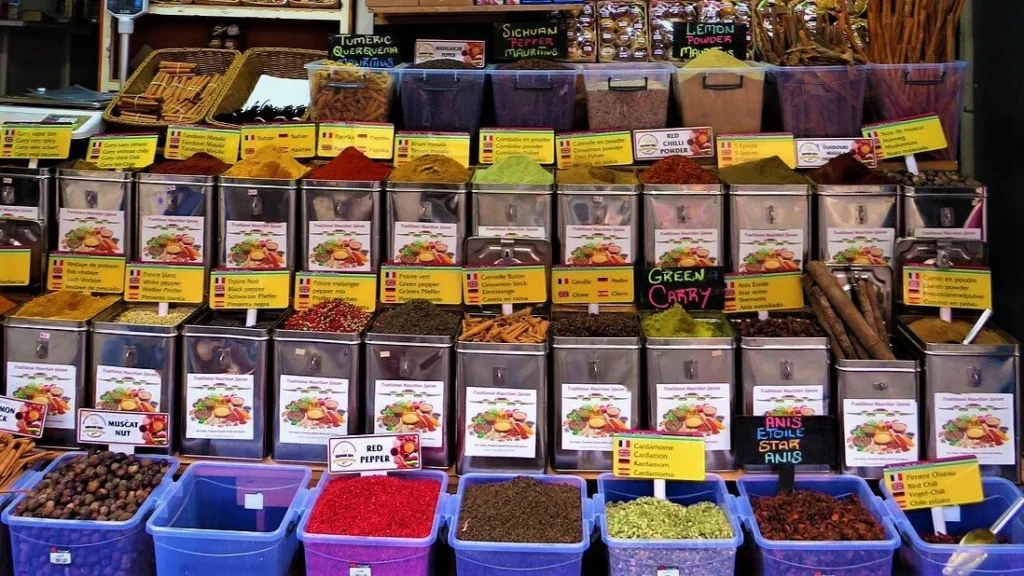
Day 4: Embracing Nature
Port Louis, the bustling capital of Mauritius, is not just a city of culture and history; it’s also a gateway to the island’s natural wonders. On our fourth day in Port Louis, we set out to embrace the island’s breathtaking natural beauty and explore its lush landscapes.
Our day began early with a journey to the stunning Pamplemousses Botanical Garden, also known as Sir Seewoosagur Ramgoolam Botanical Garden. Located a short drive from Port Louis, this enchanting garden is one of the oldest in the Southern Hemisphere and covers an impressive 60 acres.
As we entered the garden, we were immediately greeted by a canopy of towering palm trees, casting dappled sunlight on the pathways below. The scent of exotic flowers wafted through the air, creating a serene and fragrant atmosphere.
One of the highlights of the garden is the giant Victoria Amazonica water lilies. These enormous lily pads can grow up to 3 meters in diameter, and their striking appearance on the tranquil ponds made for a mesmerizing sight. We spent some time admiring these botanical wonders, marveling at their sheer size and beauty.
The garden is home to a diverse collection of plant species from around the world. We wandered through avenues lined with towering royal palm trees, explored lush rainforest sections, and marveled at the vibrant orchid displays. Our visit also included encounters with unique trees and plants, such as the talipot palm, which flowers only once in its lifetime, and the rare and endangered ebony trees.
After exploring the garden, we made our way to the historic Le Morne Brabant, a UNESCO World Heritage Site. This striking basaltic mountain rises dramatically from the coastline, and its history is both captivating and somber. It served as a refuge for escaped slaves in the 18th and 19th centuries who sought freedom on the isolated mountain.
As we hiked to the base of Le Morne Brabant, we were accompanied by a knowledgeable guide who shared the stories of the enslaved people who once found shelter here. The mountain’s rugged cliffs and lush vegetation created a sense of isolation and freedom that we could still feel in the air.
Our visit was a tribute to the resilience and spirit of those who sought freedom on Le Morne Brabant, and it left us with a deep appreciation for the island’s history and the natural beauty that surrounds it.
As the day came to a close, we headed back to Port Louis, our hearts full of wonder and gratitude for the natural treasures we had experienced. Embracing nature in Port Louis is a journey of discovery, whether you’re admiring exotic plants or reflecting on the island’s complex history. It was a day that allowed us to connect with the island on a deeper level, leaving us with memories that would last a lifetime.
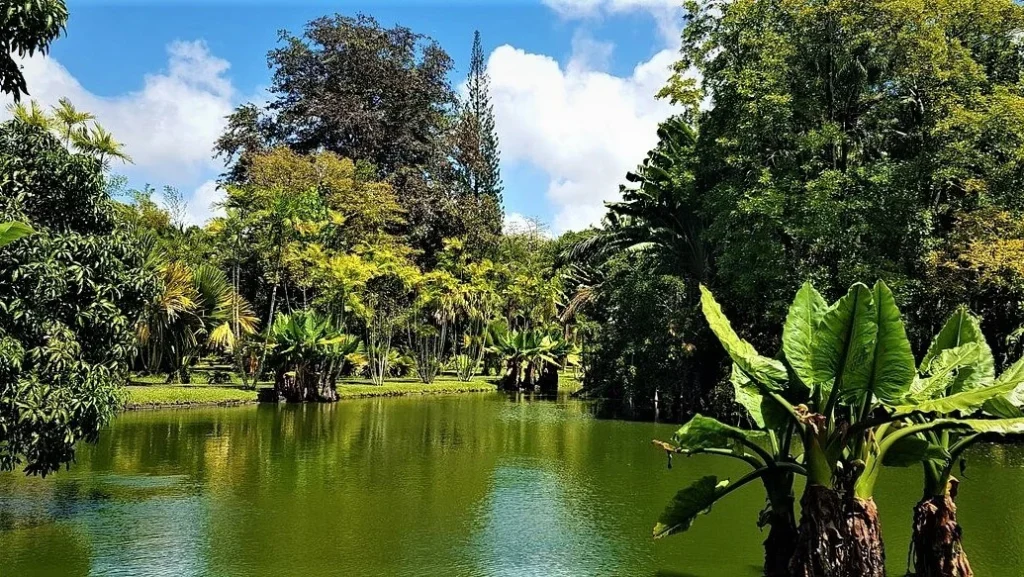
Day 5: Farewell to Port Louis
On our fifth and final day in Port Louis, the time had come to bid a bittersweet farewell to this enchanting city and the beautiful island of Mauritius. We had experienced the rich history, culture, and natural beauty of the capital, and we knew that the memories we had made here would stay with us forever.
To make the most of our last day, we decided to embark on a boat tour to Île aux Cerfs, a pristine island paradise located just off the coast of Port Louis. This island is famous for its postcard-perfect white sandy beaches, crystal-clear waters, and a range of water sports activities.
We started our day early, heading to the dock where our boat awaited us. As we sailed away from Port Louis, we couldn’t help but gaze back at the city skyline, which glittered in the morning sun. The harbor was alive with activity, and the sight of fishing boats, luxury yachts, and cargo ships painted a vivid picture of the city’s bustling maritime life.
The boat ride to Île aux Cerfs was a journey through turquoise waters, and we marveled at the shades of blue and green that surrounded us. Along the way, we spotted dolphins swimming in the distance, a magical and unexpected encounter that added to the day’s charm.
Upon arriving at Île aux Cerfs, we were greeted by the island’s pristine beauty. The powdery white sand felt soft beneath our feet as we strolled along the beach, and the gentle waves lapped at the shore. We chose to relax on the beach, soaking up the sun and listening to the gentle rustling of palm fronds overhead.
For those seeking adventure, Île aux Cerfs offers a range of water sports activities, including snorkeling, parasailing, and jet skiing. We couldn’t resist the temptation to explore the vibrant underwater world, so we donned snorkeling gear and marveled at the colorful coral reefs and tropical fish that inhabited the clear waters.
Lunchtime approached, and we enjoyed a delicious beachside barbecue picnic arranged by our tour operators. Freshly grilled seafood, tropical fruits, and refreshing drinks added to the island’s idyllic atmosphere.
As the day wore on, we took one last swim in the azure waters, reluctant to leave the paradise of Île aux Cerfs. But eventually, the time came to return to Port Louis. The boat ride back provided one final opportunity to appreciate the island’s beauty and the view of the coastline.
Back in Port Louis, we returned to the Caudan Waterfront one last time, this time to reflect on our incredible journey. The memories of our time in the capital city, from its bustling markets to its historical sites, and the natural wonders of Mauritius would forever hold a special place in our hearts.
As we savored a farewell dinner at a waterfront restaurant, we couldn’t help but feel grateful for the unforgettable experiences we had in Port Louis. It was a bittersweet farewell, but we knew that our journey through Mauritius was far from over. The island had so much more to offer, and we looked forward to exploring other regions, each with its own unique charm and allure. Port Louis had been an extraordinary starting point, a city that left an indelible mark on our souls, and we were excited to continue our adventure in this tropical paradise.
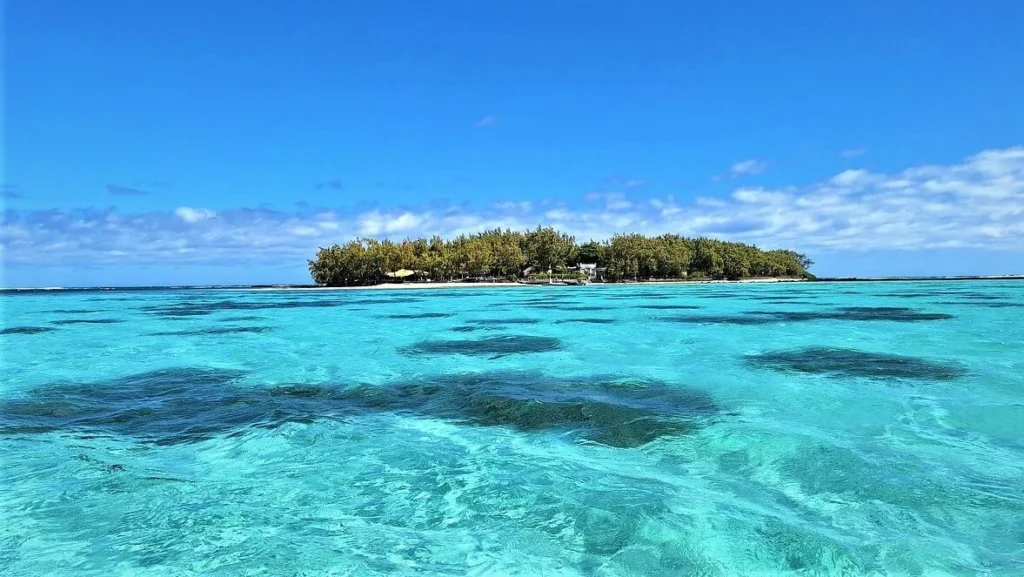
Port Louis Mauritius (Mauritius Port Louis): Conclusion
Port Louis, Mauritius, may be the capital city, but it’s also a cultural melting pot, a historical treasure trove, and a natural wonder. Whether you’re captivated by its history, cuisine, or breathtaking landscapes, Port Louis has something to offer every traveler. As we bid adieu to this enchanting city, we left with memories that will last a lifetime and a deep appreciation for the beauty and diversity of Mauritius. Travel with the best travel insurance.

Check out the other blogs.
